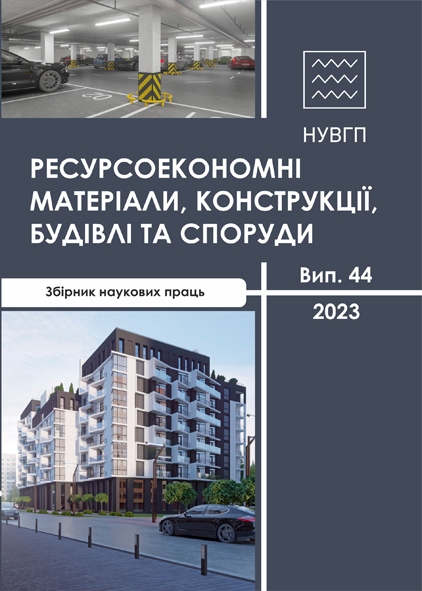EXPERIMENTAL AND THEORETICAL STUDIES OF THE CRITICAL DEFORMATIONS OF CONFINE WOOD WITH INCREASED MOISTURE CONTENT
DOI:
https://doi.org/10.31713/budres.v0i44.18Abstract
Wood is a strong elastic-plastic material with special physical and mechanical properties. Products and elements based on wood can be used in various aggressive environments, including those with high moisture content. Humanity began to use wood thousands of years ago for various purposes. Nowadays, we cannot imagine many branches of the economy without the use of wood. This material pleases our eyes at every step: at home, at work, on the street, in public places.
In recent years, modern testing machines have appeared that allow testing various materials from the beginning of loading to the complete loss of material strength. That is, it is possible to analyze the work of materials in the pre-critical and supercritical stages of deformation, including wood.
The purpose of this work is to carry out experimental and theoretical studies of coniferous wood samples of structural dimensions by axial compression along the fibers with an increased moisture content (more than 30%) and to establish the values of critical deformations.
The methodology was developed and experimental studies of softwood wood samples were carried out by axial compression along the fibers under short-term load with humidity over 30%. Diagrams of wood deformation were constructed and averaged critical deformations were determined experimentally for the corresponding indicators of average ultimate strength. A technique for determining critical deformations of coniferous wood with a moisture content of more than 30% is proposed. A formula for determining such wood parameters is proposed. This formula consists of elastic and plastic components. The critical deformations of larch, pine, and spruce wood were theoretically determined, and the elastic and plastic components were determined separately. Convergence of theoretical and experimental values of critical deformations is given.

